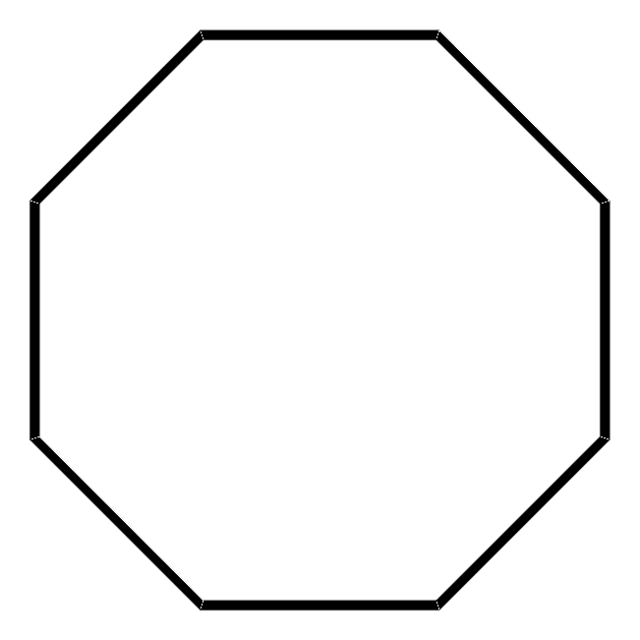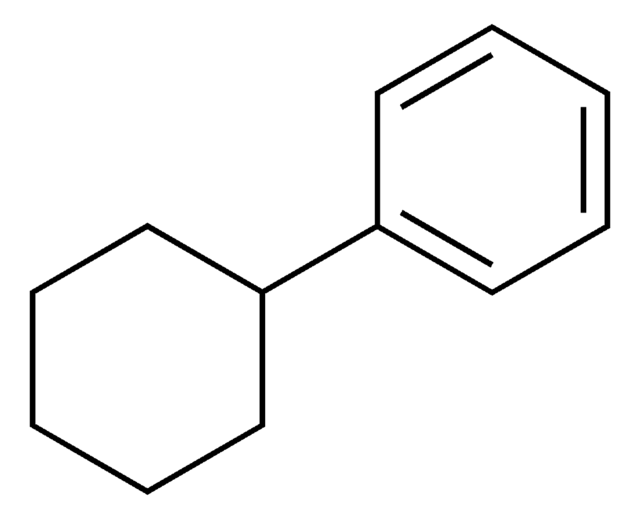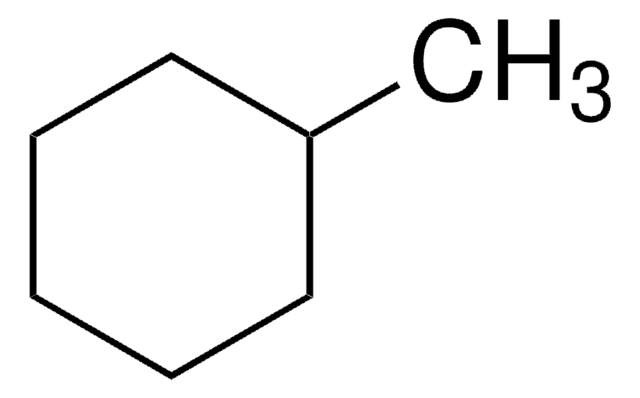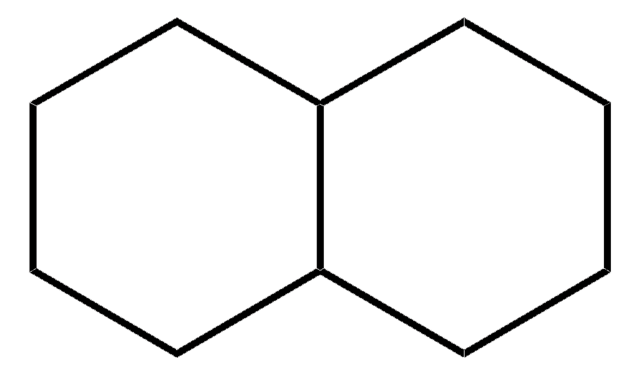蒸気圧
2.9 mmHg ( 37.7 °C)
アッセイ
≥99%
自己発火温度
475 °F
屈折率
n20/D 1.441 (lit.)
bp
178-180 °C (lit.)
mp
−78 °C (lit.)
密度
0.818 g/mL at 25 °C (lit.)
SMILES記法
CCCCC1CCCCC1
InChI
1S/C10H20/c1-2-3-7-10-8-5-4-6-9-10/h10H,2-9H2,1H3
InChI Key
GGBJHURWWWLEQH-UHFFFAOYSA-N
遺伝子情報
human ... CYP1A2(1544)
類似した製品をお探しですか? 訪問 製品比較ガイド
詳細
Butylcyclohexane reacts with n-butylbenzene by free-radical mechanism to form 1-methylcyclohexene and cyclohexane. Butylcyclohexane, when photo-oxidized by solar light on synthetic seawater, forms cyclohexanone.
適用法令
試験研究用途を考慮した関連法令を主に挙げております。化学物質以外については、一部の情報のみ提供しています。 製品を安全かつ合法的に使用することは、使用者の義務です。最新情報により修正される場合があります。WEBの反映には時間を要することがあるため、適宜SDSをご参照ください。
消防法
第4類:引火性液体
第二石油類
危険等級III
非水溶性液体
Jan Code
110388-500ML:
110388-VAR:
110388-100ML:
110388-25ML:
110388-BULK:
試験成績書(COA)
製品のロット番号・バッチ番号を入力して、試験成績書(COA) を検索できます。ロット番号・バッチ番号は、製品ラベルに「Lot」または「Batch」に続いて記載されています。
この製品を見ている人はこちらもチェック
Thermal Decomposition of Jet Fuel Model Compounds under Near-Critical and Supercritical Conditions. 1. n-Butylbenzene and n-Butylcyclohexane.
Industrial & Engineering Chemistry Research, 37(12), 4591-4600 (1998)
Photosensitized oxidation of n-butylcyclohexane as a model for photochemical degradation of n-alkylcyclohexanes in seawater.
Journal of Photochemistry and Photobiology A: Chemistry, 46(3), 347-355 (1989)
Carmen M Dominguez et al.
Journal of environmental management, 261, 110240-110240 (2020-03-10)
Chlorinated pesticides were extensively produced in the XX century, generating high amounts of toxic wastes often dumped in the surroundings of the production sites, resulting in hot points of soil and groundwater pollution worldwide. This is the case of Bailín
Emre Seyyal et al.
Analytica chimica acta, 964, 96-111 (2017-03-30)
Principles of sol-gel chemistry were utilized to create silica- and germania-based dual-ligand surface-bonded sol-gel coatings providing enhanced performance in capillary microextraction (CME) through a combination of ligand superhydrophobicity and π-π interaction. These organic-inorganic hybrid coatings were prepared using sol-gel precursors
Jae-Man Park et al.
Nature communications, 11(1), 4638-4638 (2020-09-17)
Existing gels are mostly polar, whose nature limits their role in soft devices. The intermolecular interactions of nonpolar polymer-liquid system are typically weak, which makes the gel brittle. Here we report highly soft and transparent nonpolar organogels. Even though their
プロトコル
-Xylene; Nonane; Decane; 1,2,4-Trimethylbenzene; Butylcyclohexane; Naphthalene
ライフサイエンス、有機合成、材料科学、クロマトグラフィー、分析など、あらゆる分野の研究に経験のあるメンバーがおります。.
製品に関するお問い合わせはこちら(テクニカルサービス)




